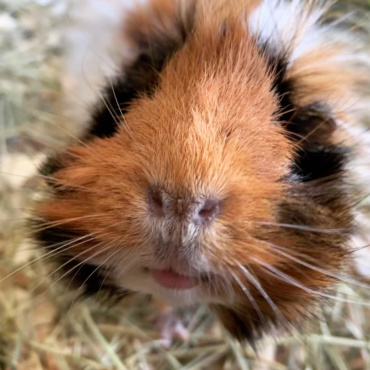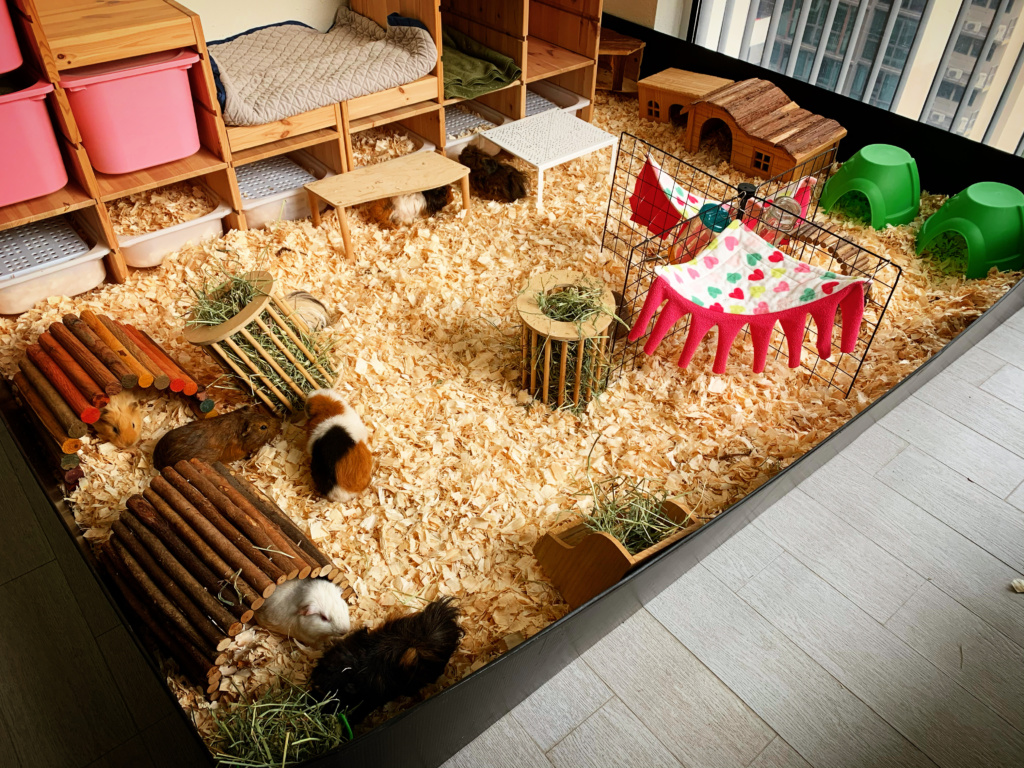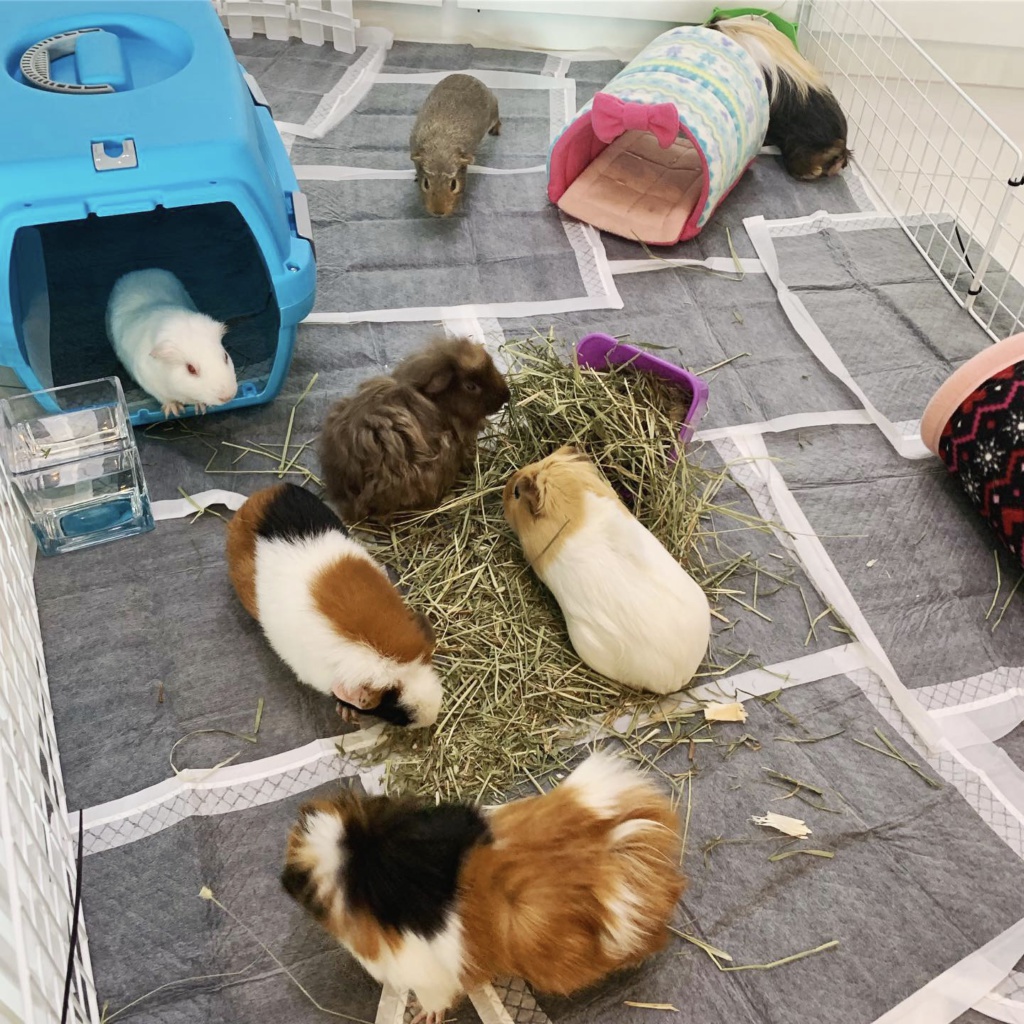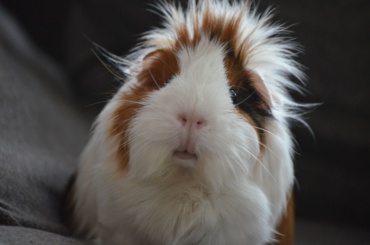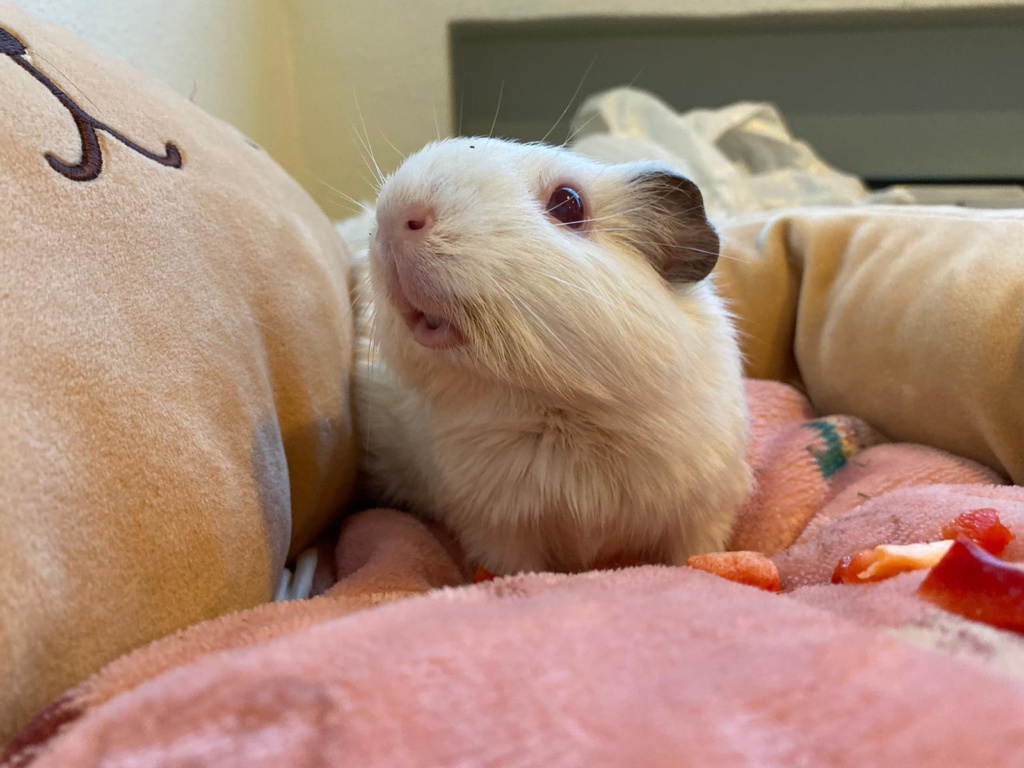Previously, I wrote a couple of articles that talk about my experience with pet fish, along with some tips and tricks on how to care for them. However, I recently noticed that more and more people are shifting towards “aquascaping”, which is a new hobby that surged in popularity during Circuit Breaker.
For those of you who don’t know what it is, “aquascaping” is when you arrange aquatic plants, rocks, stones and other types of accessories within an aquarium. Basically it’s the equivalent of gardening, but this time it’s done underwater. The best part of this is that it’s completely up to you regarding whether you want to actually have aquatic pets in the tank or not!
While it seems “mundane” or troublesome, there’s actually a lot to learn when it comes to aquascaping, which I’ll be discussing below:
What are the types of aquascaping?
- Jungle Aquascaping
- Dutch Aquascaping
- Iwagumi Aquascaping
- Biotope Aquascaping
- Walstad Aquascaping
- Paludariums
While there are quite a few types of aquascaping techniques and methods, I won’t be going through them all as there’s too much volume of content to provide. However, I’ve attached a hyperlink to each example for you to read more about them.
Each type of technique brings about a whole different style, layout, and even sense of appreciation by those that engage in aquascaping. What’s more, there’s actually quite a few health benefits that come with it.
Stress Reducer
One slightly more “obvious” benefit is that aquascaping helps reduce stress levels. Just watching the fish swim about, and observing the underwater plants swaying has had a positive effect on those who suffer from high stress levels.
If your job is giving you excessive stress or pressure, then this hobby is definitely for you.
Lowers High Blood Pressure
A slightly less known benefit of aquascaping is that it reduces high blood pressure. In a study conducted, those who participated in aquascaping actually had a reduction in their blood pressure levels. This was noted especially for people who had aquatic animals in their tank, compared to those that didn’t.
However, if aquascaping is out of your budget (which I’ll be discussing later on), you can actually experience similar results by simply watching videos of fish swimming, or aquatic plants swaying. Regardless of whether you own a tank or not, it does seem to have some really good health benefits.
Reduction of Pain
This last benefit is actually quite an unknown one. An academic report actually found that dentists with an aquarium in their waiting room resulted in decreased pain felt during the appointment, and also the amount of medicine required afterwards.
Not only that, it also leads to a lower level of stress (as previously mentioned).
Overall, there seems to be quite a few benefits to aquascaping, especially for those with high stress levels or blood pressure.
How Much does Aquascaping Cost?
To be very honest, I’m no expert at aquascaping. However, the cost of aquascaping really does depend on what you’d like to put inside the tank. Some basic essentials are lighting, water filters, carbon dioxide, liquid fertilisers, substrate, and hardscape materials. These items vary in prices depending on how extensive you’d like your aquarium to be.
However, if you’re looking to go the distance and also purchase aquatic animals, expect the prices to be beyond $100. Not only do you have to purchase these animals, but you’d probably also need to purchase a tank with a motor, fish food, anti-chlorine and other accessories to ensure your pets are well taken care of.
However again, I’m not an aquascaping expert. This article is merely here to provide you with some benefits of delving into this hobby, and some of the things you may want to consider before taking the plunge (pun intended).
If you’re interested in actually going into the hobby, do click here, and here to learn a little bit more about what you may need, and how to go about purchasing it.
Conclusion
While aquascaping doesn’t seem to be the cheapest hobby out there, there seems to be quite a few health benefits to it. If you’re looking for a somewhat low maintenance hobby (in comparison to others), this might be the one for you.
However, if you’re looking to find ways to reduce your stress levels on a budget, it may be easier to watch some videos of aquariums/aquascaping as they have similar positive impacts on your health.
Hope you’ve enjoyed the article! Do let me know if you have any other aquatic topics you’d like me to delve into 🙂
—-
Photo Credit: https://aquariumbreeder.com/aquascaping-for-beginners-introduction/
Reference: https://www.emotionalpetsupport.com/2019/11/the-world-of-aquascaping-and-its-benefits/

